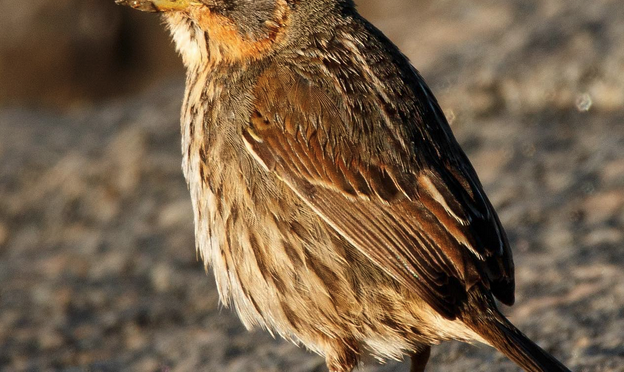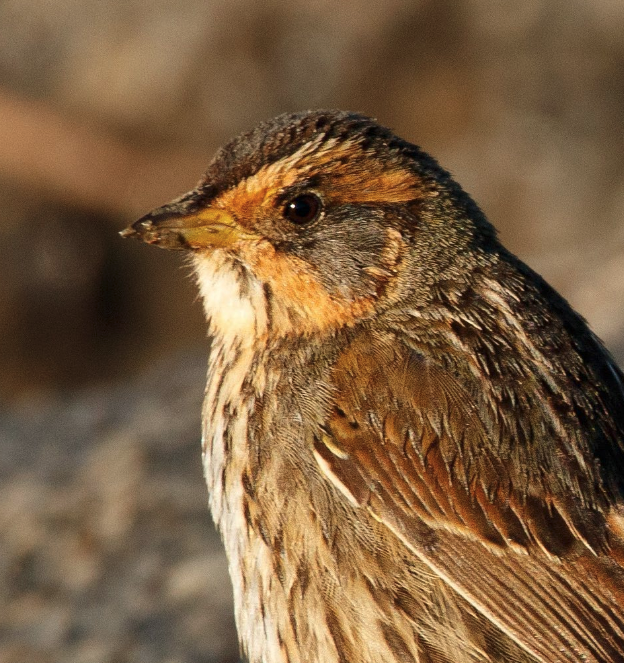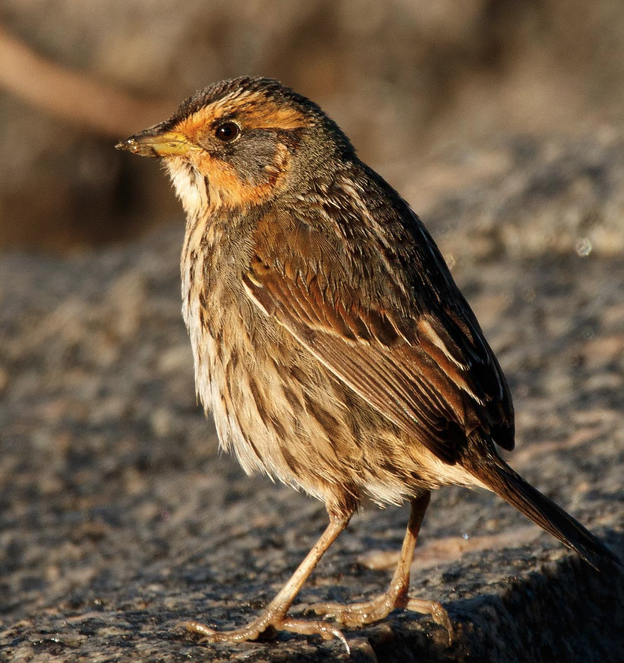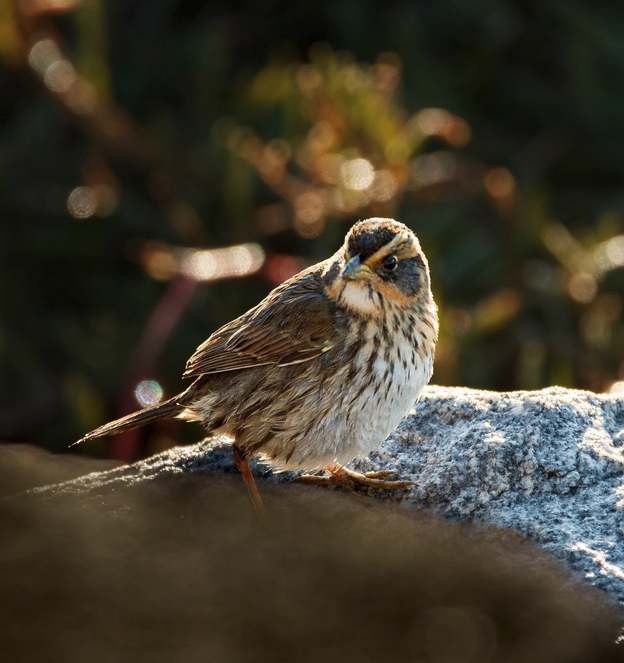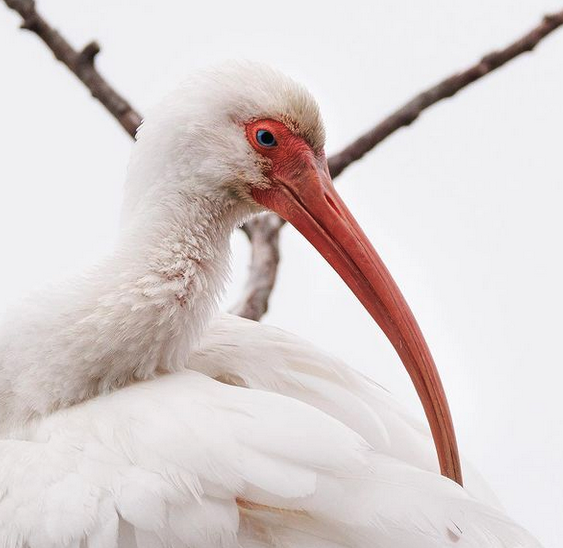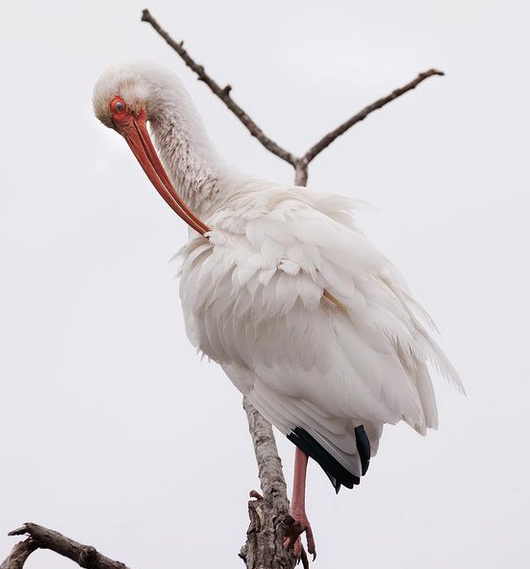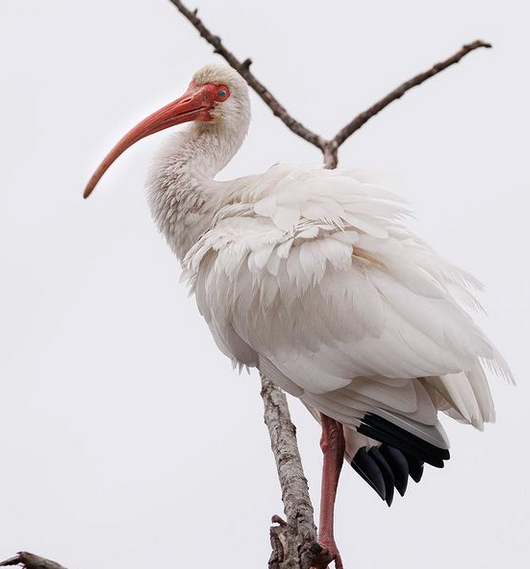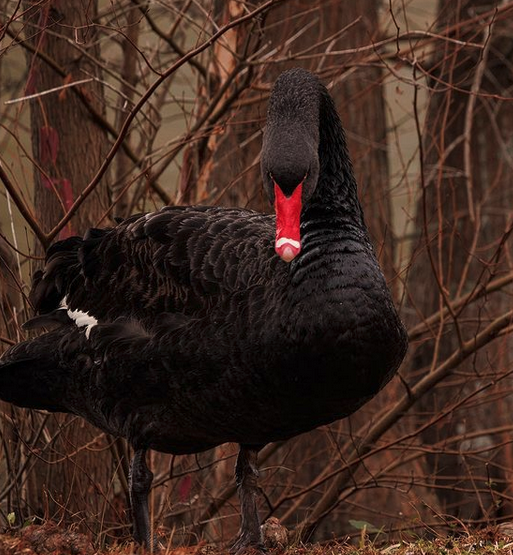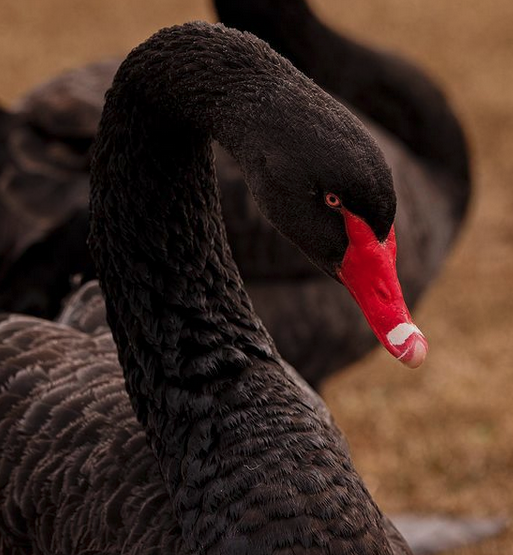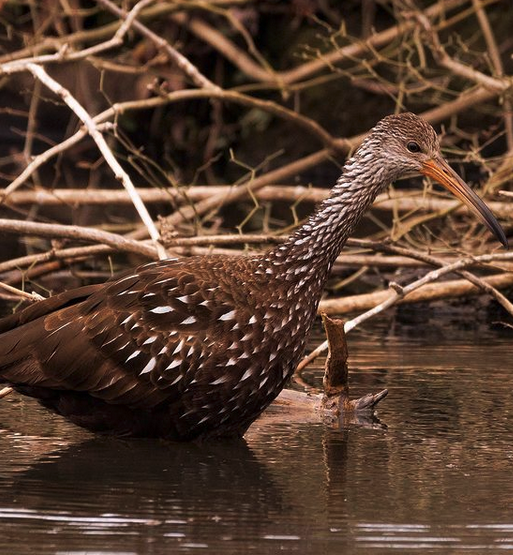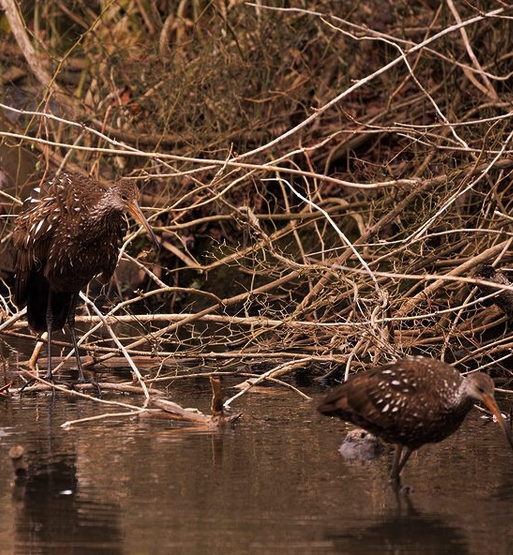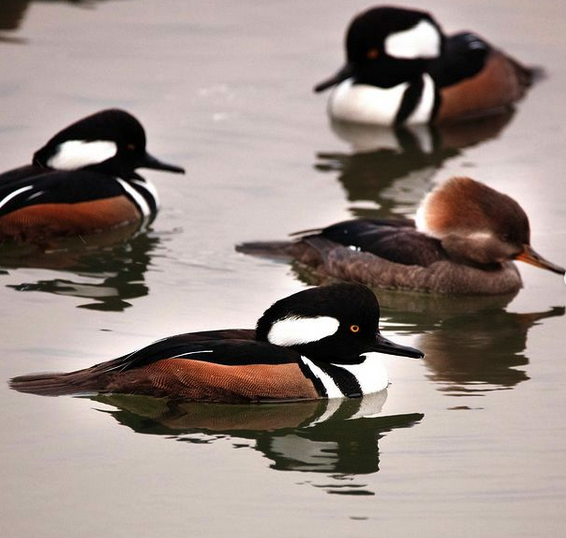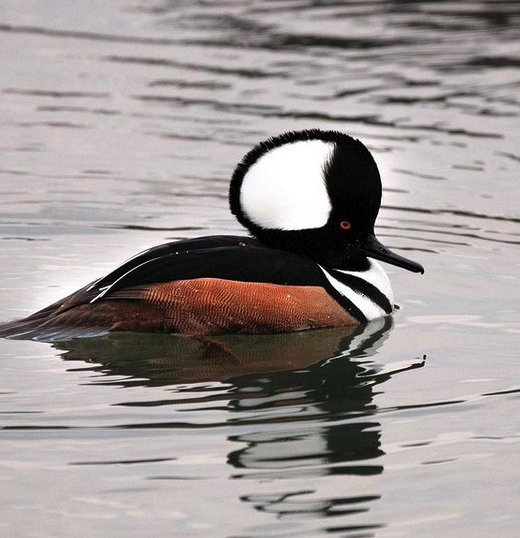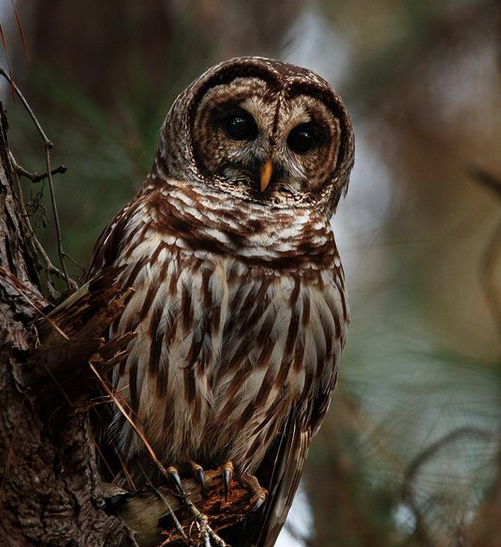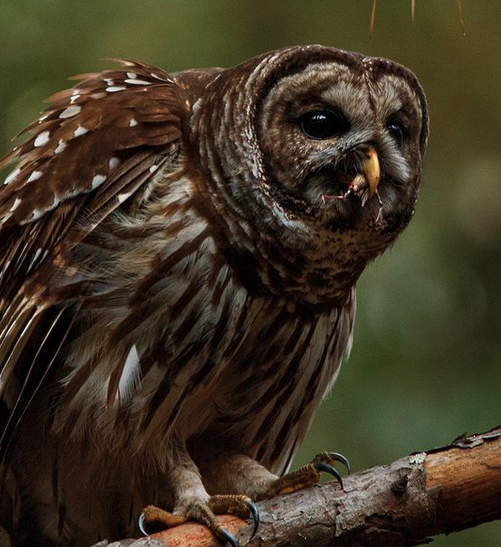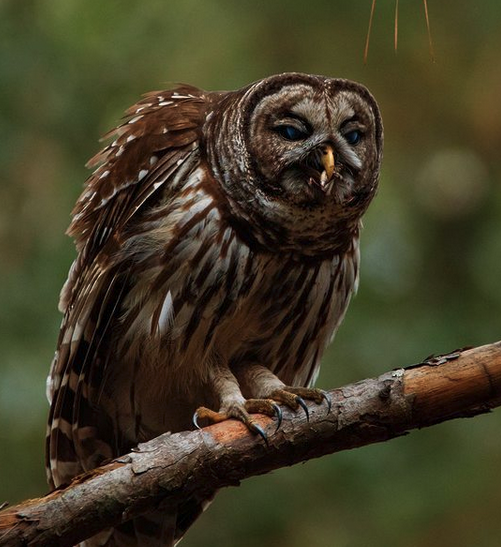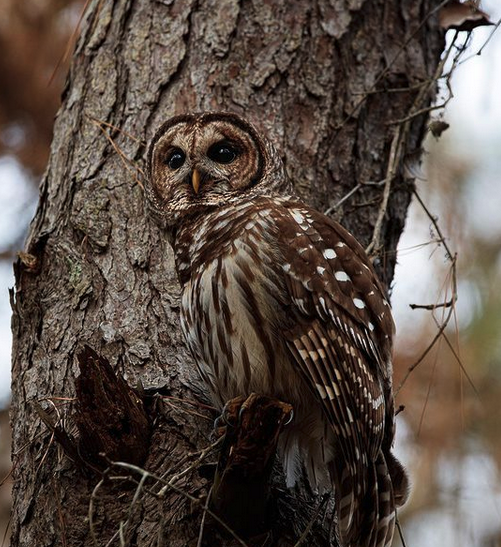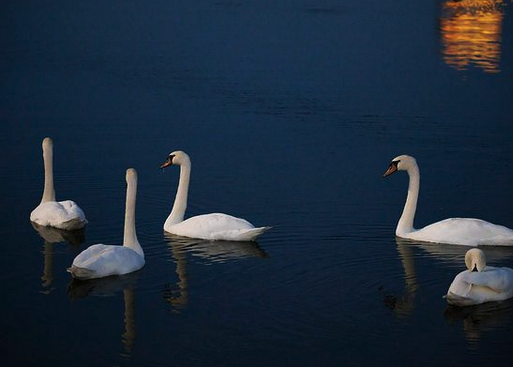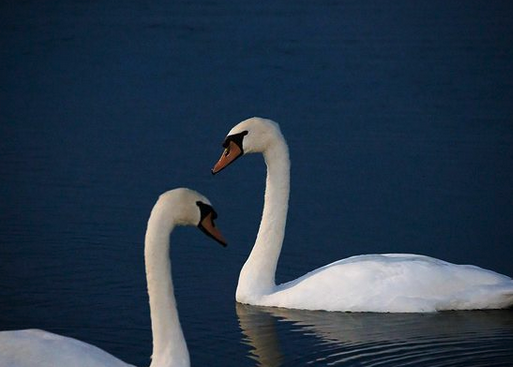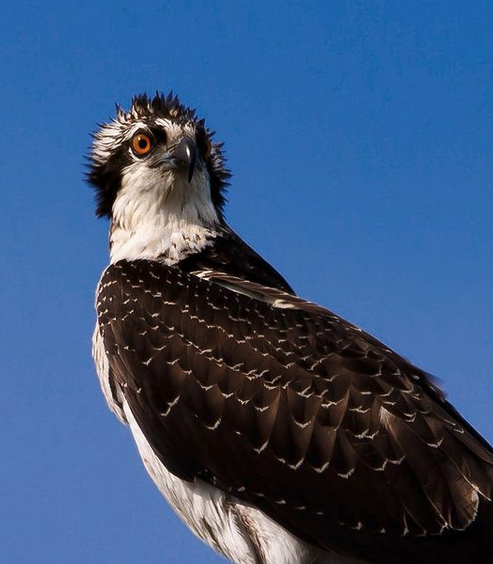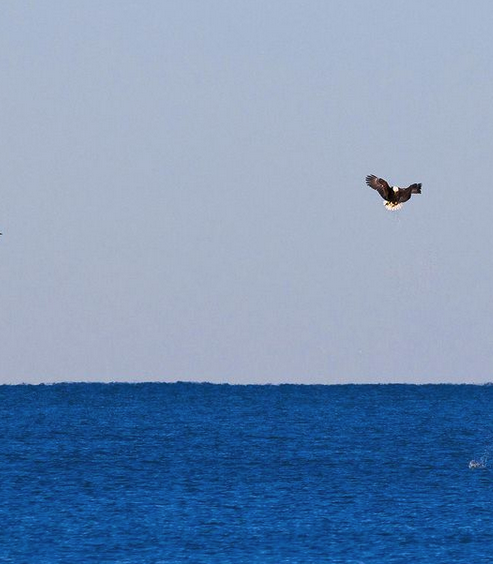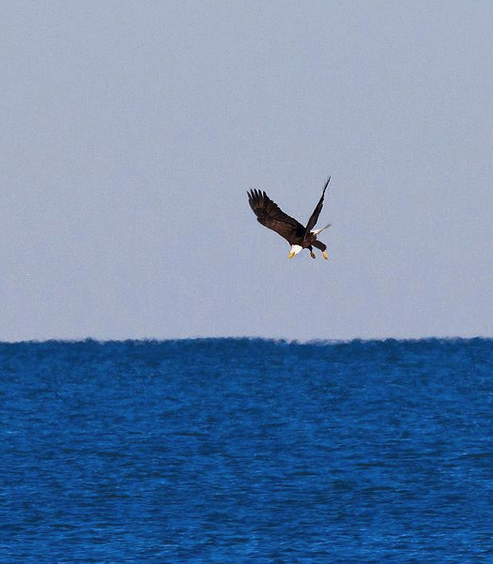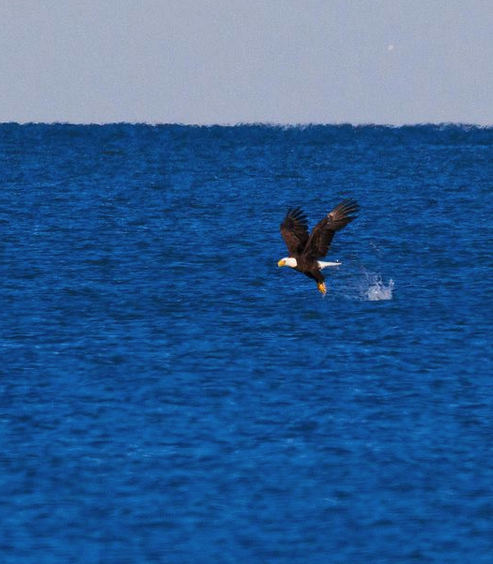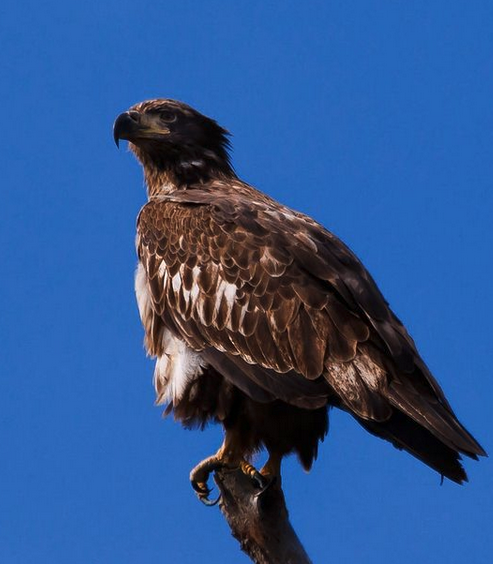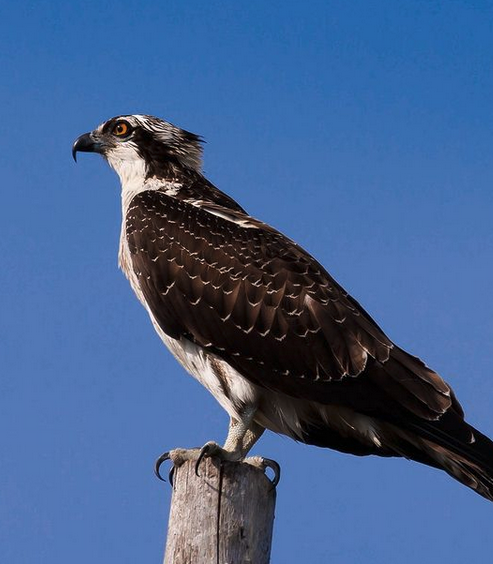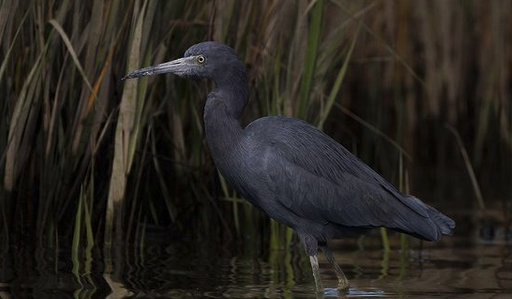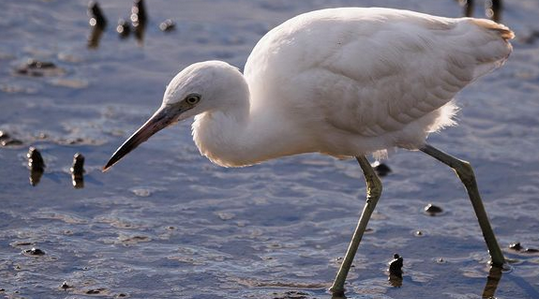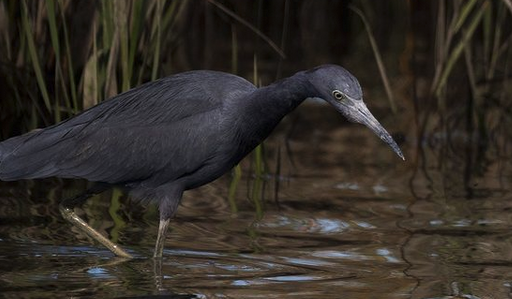By Sally Siko
Here’s a cute little bird that I was excited to add to my list, the Piping Plover!
I spotted him last week while on a birding trip to Huntington Beach State Park in Murrells Inlet South Carolina.
It was exciting to finally lay eyes on this charming little feathered gem for the first time. Watching him scramble up and down the beach on tiny legs moving at what appeared to be a zillion mph made me smile.

The Piping Plover is one of the few Federally listed birds in the Carolinas.
The Atlantic coast population is Federally Threatened, whereas the interior breeding population is Federally Endangered.
Interestingly, North Carolina is the only state on the Atlantic coast where the breeding range overlaps with the wintering range. Color-banding of birds on the breeding ground has shown that most of the birds that winter in NC are Atlantic coast birds; however, some wintering birds are from the interior population.
Thus, it is basically correct saying that the Piping Plover is Federally Threatened in North Carolina, but that some “Endangered” birds do spend the winter in the Tarheel State, as well.
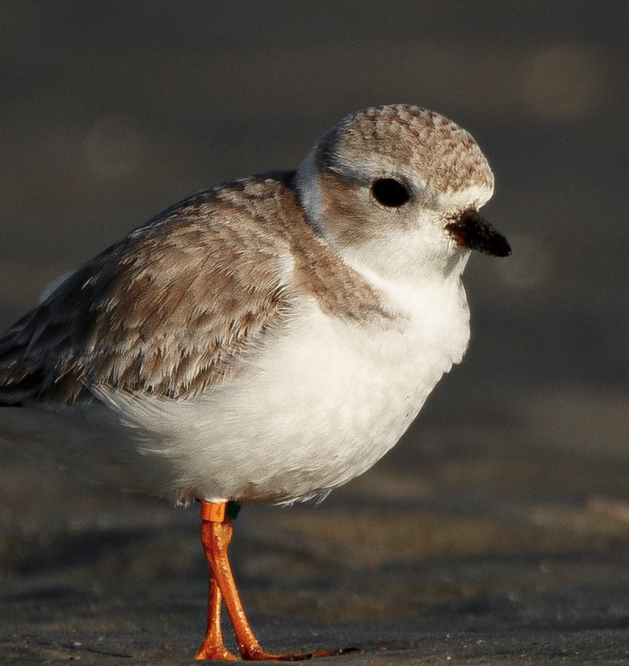

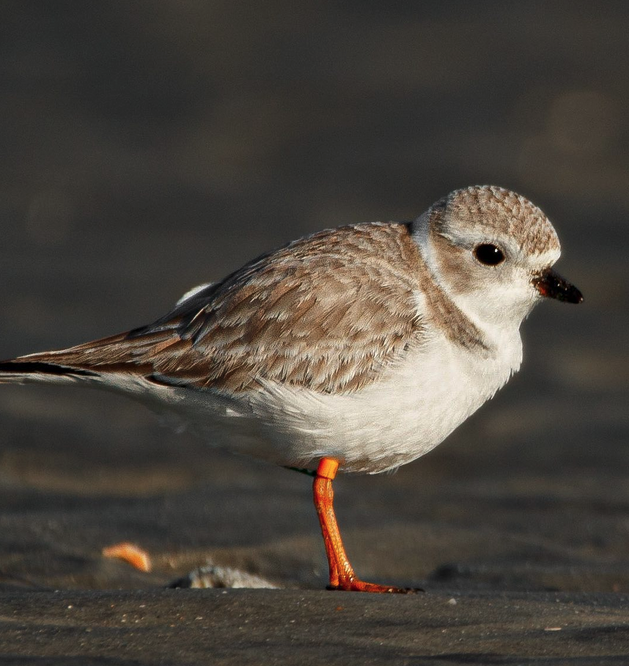
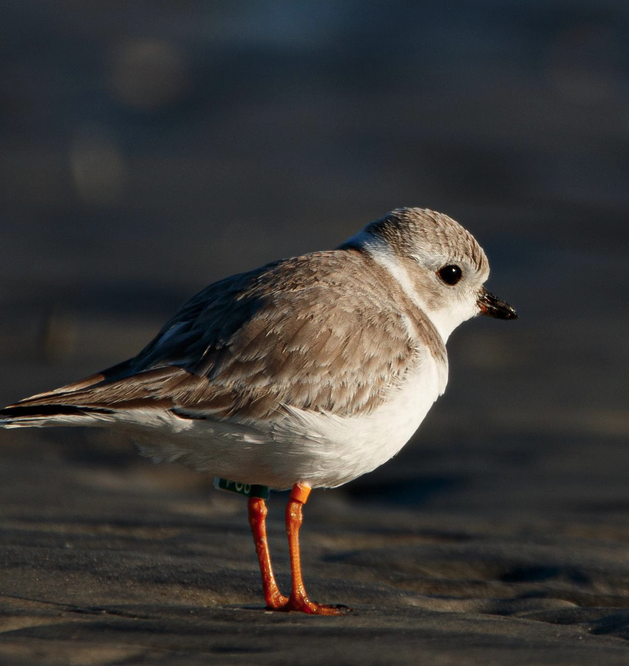

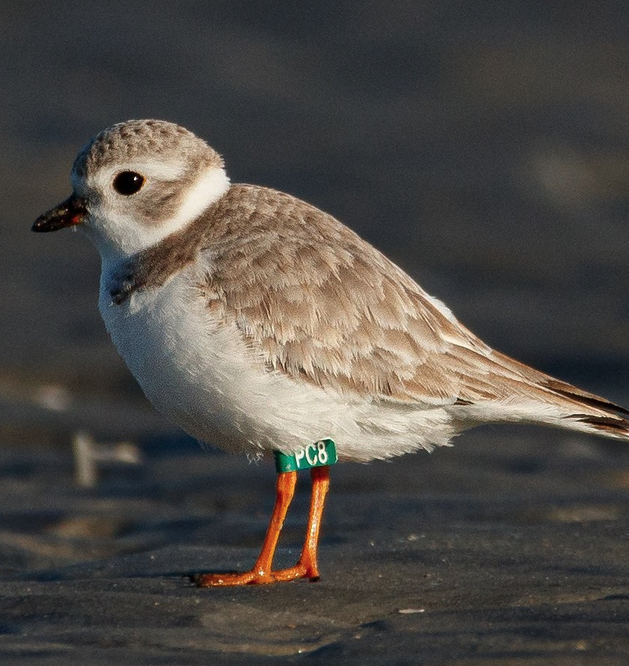
Here in South Carolina, your best chance at spotting a Piping Plover is from late November through late February/ early March near the entrance onto the North Beach rock jetty.
They are easily distinguishable from a look alike species, the Semipalmated Plover by their characteristic light gray plumage.
Look for these small, gray and white birds dashing across the beach along the edge of the tide as they hunt for a meal of small invertebrates in the wet sand.
Aren’t they lovely?
Photos by @sally_siko of @bestlife_birding on my mighty 50MP monster, the @canonusa #5Ds


